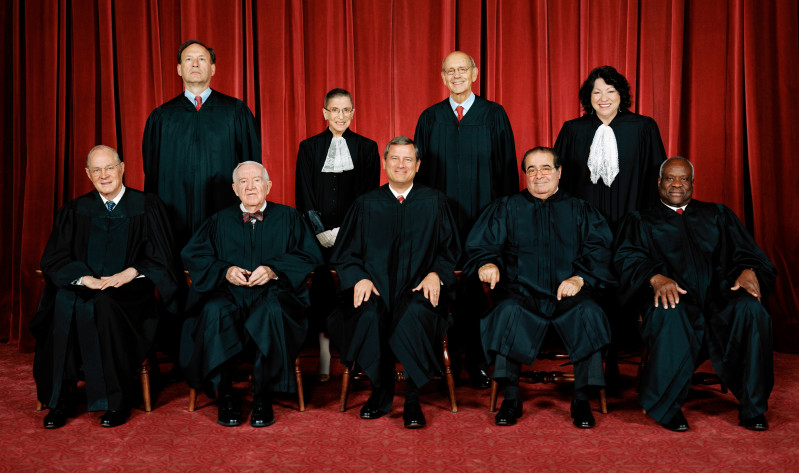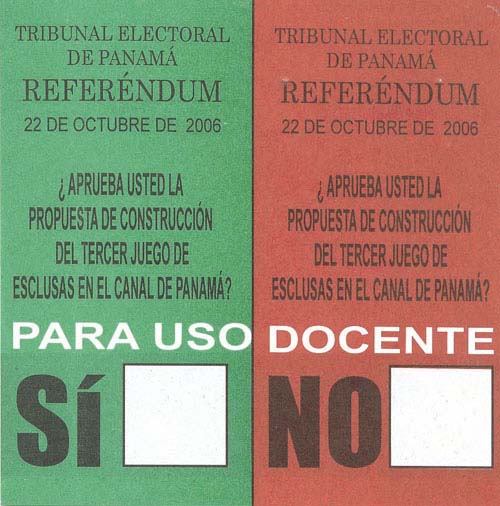The Tony Awards, officially the Antoinette Perry Awards for Excellence in Broadway Theatre, celebrate outstanding achievements in live Broadway productions. Presented annually in Manhattan by the American Theatre Wing and The Broadway League, the awards ceremony typically occurs in June. The Tonys represent the highest honor in American theatre, recognizing excellence in various categories, including acting, directing, writing, and design.
1946: Antoinette Perry Dies in 1946
In 1946, Antoinette Perry, nicknamed Tony, an actress, director, producer and co-founder of the American Theatre Wing, died. The Tony Awards are named after her.
April 6, 1947: 1st Tony Awards Held on April 6, 1947
On April 6, 1947, the 1st Tony Awards was held at the Waldorf Astoria hotel in New York City, with prizes including scrolls, cigarette lighters, and jewelry.
1947: Tony Award Founded in 1947
In 1947, the Tony Award was founded by a committee of the American Theatre Wing (ATW), headed by Brock Pemberton.
1947: Tony Awards Started with 11 Awards
In 1947, the Tony Awards were established with 11 award categories, with the names and number of categories evolving over the years.
1949: First Tony Medallion Given in 1949
In 1949, the first Tony medallion was given to award winners at the third awards ceremony.
1960: Split Costume Design Category in 1960
In 1960, the Best Costume Design category was split into Best Costume Designer (Dramatic) and Best Costume Designer (Musical) for two years.
1961: Split Costume Design Category in 1961
In 1961, the Best Costume Design category remained split into Best Costume Designer (Dramatic) and Best Costume Designer (Musical).
1967: Tony Awards Broadcast on TV Since 1967
Since 1967, the Tony Award ceremony has been broadcast on U.S. national television, featuring songs from nominated musicals.
1967: Medallion Mounted on Black Base Since 1967
Since 1967, the Tony Award medallion has been mounted on a black base.
1974: Tony Awards Viewership in 1974
In 1974, the Tony Awards viewership was 20 million.
1987: Keith Sherman & Associates Represented Tony Awards in 1987
From 1987 to 2004, the award ceremony was represented by long-time Broadway press agency, Keith Sherman & Associates.
1999: Tony Awards Viewership in 1999
In 1999, the Tony Awards viewership was 9.2 million.
2000: Award cost $400 as of 2000
An award cost $400 as of 2000.
2000: Changes to Voter Eligibility in 2000
In 2000, The League of American Theaters and Producers changed membership eligibility and Tony voting status from a lifetime honor to all above-the-title producers, to ones who had been active in the previous 10 years, disenfranchising scores of Tony voters.
2002: Rule About 'Classic' Productions Instituted in 2002
In 2002, the Tony Award Administration Committee instituted a rule stating that "classic" productions are not eligible for an award in the Best Play or Best Musical Category but may be eligible in the appropriate Best Revival category.
June 2003: 2003 New York Times Article on Tony Awards Demographics
According to a June 2003 article in The New York Times, the Tony Awards broadcast attracts "upscale premium viewers who are attractive to upscale premium advertisers".
2004: Keith Sherman & Associates Represented Tony Awards in 2004
From 1987 to 2004, the award ceremony was represented by long-time Broadway press agency, Keith Sherman & Associates.
2005: Costume Design Divided Again in 2005
In 2005, the Best Costume Design category was divided again after being a single category for some time.
2009: Award cost $750 as of 2009
An award cost $750 as of 2009.
2009: The Isabelle Stevenson Award First Given in 2009
In 2009, The Isabelle Stevenson Award, a non-competitive award, was given for the first time to an individual who has made a "substantial contribution of volunteered time and effort on behalf of one or more humanitarian, social service or charitable organizations."
2009: Tony Awards Viewership in 2009
In 2009, the Oscar telecast had 36.3 million viewers, while the Tony Awards had a significantly lower viewership.
2009: Best Special Theatrical Event Retired in 2009
In 2009, the category of Best Special Theatrical Event was retired as of the 2009–2010 season.
2009: First-Night Critics Excluded as Voters in 2009
In 2009, the number of eligible Tony voters was decreased when the first-night critics were excluded as voters.
2010: Larger Tony Award Base Introduced in 2010
In 2010, a larger base was introduced for the Tony Award medallion, making it taller and heavier to "feel more substantial".
2010: Critics Invited Back to Vote in 2010
In 2010, members of the New York Drama Critics' Circle were invited to be Tony voters beginning in the 2010–2011 season.
2010: Best Special Theatrical Event Retired in 2010
The Best Special Theatrical Event category was retired as of the 2009-2010 season.
2011: Critics Invited Back to Vote in 2011
In 2011, members of the New York Drama Critics' Circle were Tony voters for the 2010–2011 season.
June 2012: Nominating Committee Named in June 2012
The Nominating Committee for the 2012–13 Broadway season, with 42 members, was named in June 2012.
2012: Grammy Awards Went Gender-Neutral in 2012
The Grammy Awards went gender-neutral in 2012, which is relevant to discussions about gendered categories in other awards like the Tony Awards.
2013: Award cost $2500 as of 2013
As of 2013, the cost of an Tony award had been $2,500 "for several years".
2013: Eligibility for 2013-2014 season
The cut-off date for eligibility for the 2013–2014 season was April 24, 2014
April 24, 2014: Eligibility Cut-Off Date on April 24, 2014
On April 24, 2014, the cut-off date for eligibility for the 2013–2014 season occurred, meaning a production must have officially opened on Broadway by this date to be considered for a Tony Award.
June 2014: Nominating Committee Appointed in June 2014
In June 2014, the Nominating Committee for the 2014–2015 season, consisting of 50 members, was appointed.
2014: Awards Categories in 2014
As of 2014, the Tony Awards included 26 categories, along with several special awards, marking a significant evolution from the initial 11 awards presented in 1947.
2014: Eligible Tony Voters in 2014
As of 2014, there were approximately 868 eligible Tony Award voters.
2014: Elimination of Sound Design Awards in 2014
In 2014, the Tony Awards faced criticism for eliminating the sound design awards, prompting a petition for their return.
2014: Sound Design Categories Retired in 2014
In 2014, the categories of Best Sound Design of a Play and Best Sound Design of a Musical were retired as of the 2014–2015 season.
2014: Tony Awards as Promotional Vehicle in 2014
In a 2014 Playbill article, it was suggested that the Tony Awards are primarily a promotional vehicle for a small number of large production companies and theatre owners in New York City.
2015: Nominating Committee for 2014-2015 Season
In 2015, the Nominating Committee for the 2014–2015 season has 50 members.
2015: Sound Design Categories Retired in 2015
In 2015, the categories of Best Sound Design of a Play and Best Sound Design of a Musical were retired as of the 2014–2015 season.
2016: Broadway Theatre Definition in 2016
In 2016, a Broadway theatre is defined as having 500 or more seats.
April 24, 2017: Sound Design Award Reintroduction Announced on April 24, 2017
On April 24, 2017, the Tony Awards administration committee announced that the Sound Design Award would be reintroduced for the 2017–2018 season.
2017: Broadway Theatre Definition in 2017
As of the 2016–2017 season, the list of Broadway theatres consisted of 41 theaters, 40 located in the vicinity of Times Square in New York City and Lincoln Center's Vivian Beaumont Theater.
2017: Return of Sound Design Awards Announced in 2017
In 2017, it was announced that the sound design awards would return for the 2017–2018 season, with a subset of voters based on their expertise deciding the awards.
2018: Sound Design Award Reintroduced for 2018
In 2018, the Sound Design Award was reintroduced for the 2017–2018 season.
2019: Daytime Emmy Awards Introduced a Single Younger Performer Category in 2019
The Daytime Emmy Awards introduced a single Outstanding Younger Performer in a Drama Series category in 2019 to replace their two gender-specific younger actor and actress categories, which is relevant to discussions about gendered categories in other awards like the Tony Awards.
August 21, 2020: Digital Tony Awards Announced on August 21, 2020
On August 21, 2020, it was announced that the 74th Annual Tony Awards would take place digitally later in 2020 due to the COVID-19 pandemic.
2023: Nonbinary Actors Nominated for Tony Awards in 2023
In 2023, J. Harrison Ghee and Alex Newell became the first nonbinary actors to be nominated for Tony Awards, with Justin David Sullivan withdrawing from consideration due to gendered categories.
Mentioned in this timeline

Times Square a vibrant intersection in Midtown Manhattan New York...

A hotel is a commercial establishment offering short-term paid lodging...

Black is an achromatic color representing the absence of light...

Voting is the formal process of expressing preferences for officials...
Trending

7 months ago Jenny McCarthy Reveals Beauty Secrets at 52 and Discusses Couples Therapy

19 days ago Megan Thee Stallion Rejects 'Call of Duty' Role Due to Trauma.

7 months ago Donte DiVincenzo's impactful performance and confidence boost Timberwolves in Western Conference Finals Game 1.
Christopher Rafael Morel is a Dominican professional baseball player who currently plays third base for the Tampa Bay Rays His...
Marcus Spears nicknamed Swagu is a former NFL defensive end who played nine seasons mainly for the Dallas Cowboys He...

7 months ago George Wendt, 'Cheers' Star, Remembered Fondly After Death; Sudeikis Shares Memory
Popular

Candace Owens is an American conservative political commentator and author...

Ilhan Omar is an American politician currently serving as the...

XXXTentacion born Jahseh Dwayne Ricardo Onfroy was a controversial yet...
Matt and Ross Duffer known as the Duffer Brothers are...

Tom Cotton is an American politician and Army veteran currently...
The Kennedy Center Honors are annual awards recognizing individuals and...